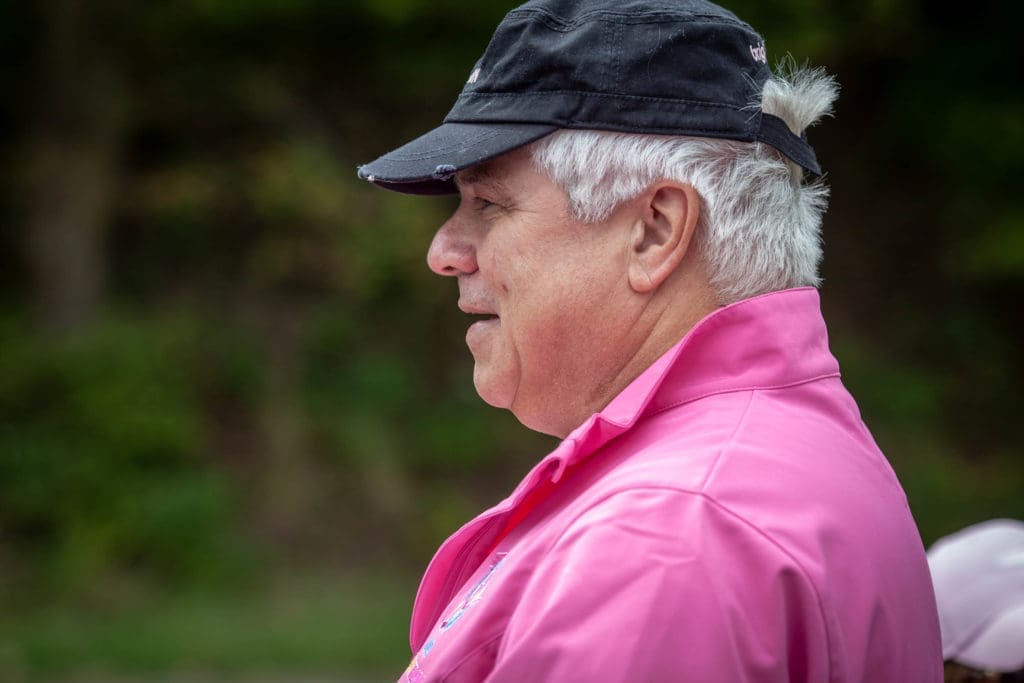From Mark Levine, the Doc with Pink Tights
It seems that all we read about in the news is COVID-19. Which vaccine to take? When is the best time to receive the second dose? When will it be my turn to be vaccinated? These are very important questions, indeed.
However, time for a break. I was at a recent BRIGHT Run Executive meeting and one of the committee members asked if anyone had “pot.” As is often the case, I was only partly paying attention and what was actually asked was: “does anyone have any extra pots to plant flowers in?” Immediately, a light went on and I decided to write about medicinal cannabis.
There was a lot of interest in cannabis when the federal government legalized cannabis for recreational use in October 2018. It had been legal for medical use for a number of years before that. With the new law, cannabis was still regulated, i.e., licensed production of cannabis was controlled by the federal government and distribution and sale of cannabis was controlled by the provincial governments.
The major components of cannabis are tetrahydrocannabinol (THC) and cannabidiol (CBD). THC is the psycho-active part which causes the “high;” whereas CBD has very strong anti-inflammatory properties. There are a number of ways to take cannabis e.g., inhaled as a vapor or ingested orally.
If one is going to use cannabis for medicinal purposes, the exact amounts of THC and CBD cannot be accurately given when inhaled. The advantage of taking cannabis orally is that exact amounts of THC and CPD can be administered. For example, a blend with low THC for anxiety and high CBD for pain in a patient with metastases to bone.
In 2018, there was much hype in the media, and arguments back and forth about the medicinal benefits of cannabis. I started reading about the evidence supporting the efficacy and safety of cannabis for various medical indications. It was claimed that cannabis was beneficial for cancer pain, nausea, fatigue, and appetite.
When I dug deeper, I was shocked at how little evidence there is to support the efficacy of cannabis in cancer.
Furthermore, there was very little practical information on what doses to give. For example, many of the trials in cancer pain were performed many years ago, with a dosing approach which used a spray into the mouth and the length of the cannabis administration was for only a few days.
As a scientist, I was very interested in developing evidence to inform patient decision-making. I teamed with a colleague, Dr Marissa Slaven, who is a pain specialist and very experienced in the use of medical cannabis. We designed a study to inform how to dose cannabis orally.
We used a THC/CBD combination dissolved in sunflower oil in a capsule in cancer patients with moderate pain, i.e., not well controlled by narcotics. There was no information on how to give the cannabis, so we decided to copy how we give narcotic pain pills to our patients, in divided doses twice a day. We worked with a company that was able to blend different strains of cannabis plants to produce the exact amount of THC and CBD we wanted to study.
In my next post, I will continue the story of my research experience with cannabis. I will also cover other aspects of the cannabis story in Canada, such as the financial collapse of the Canadian cannabis production industry and the federal government’s missed opportunity to advance knowledge on the clinical use of cannabis.
